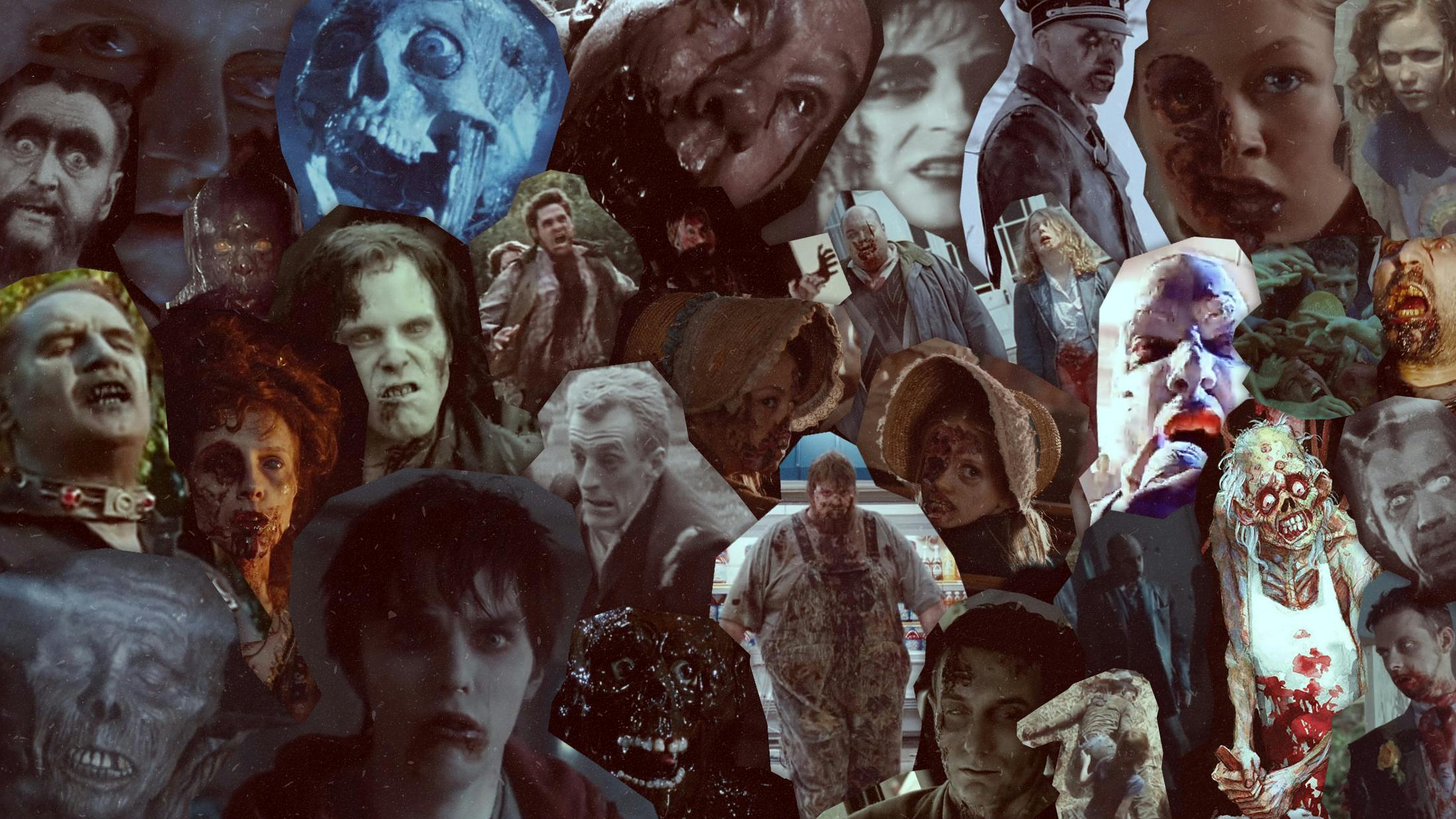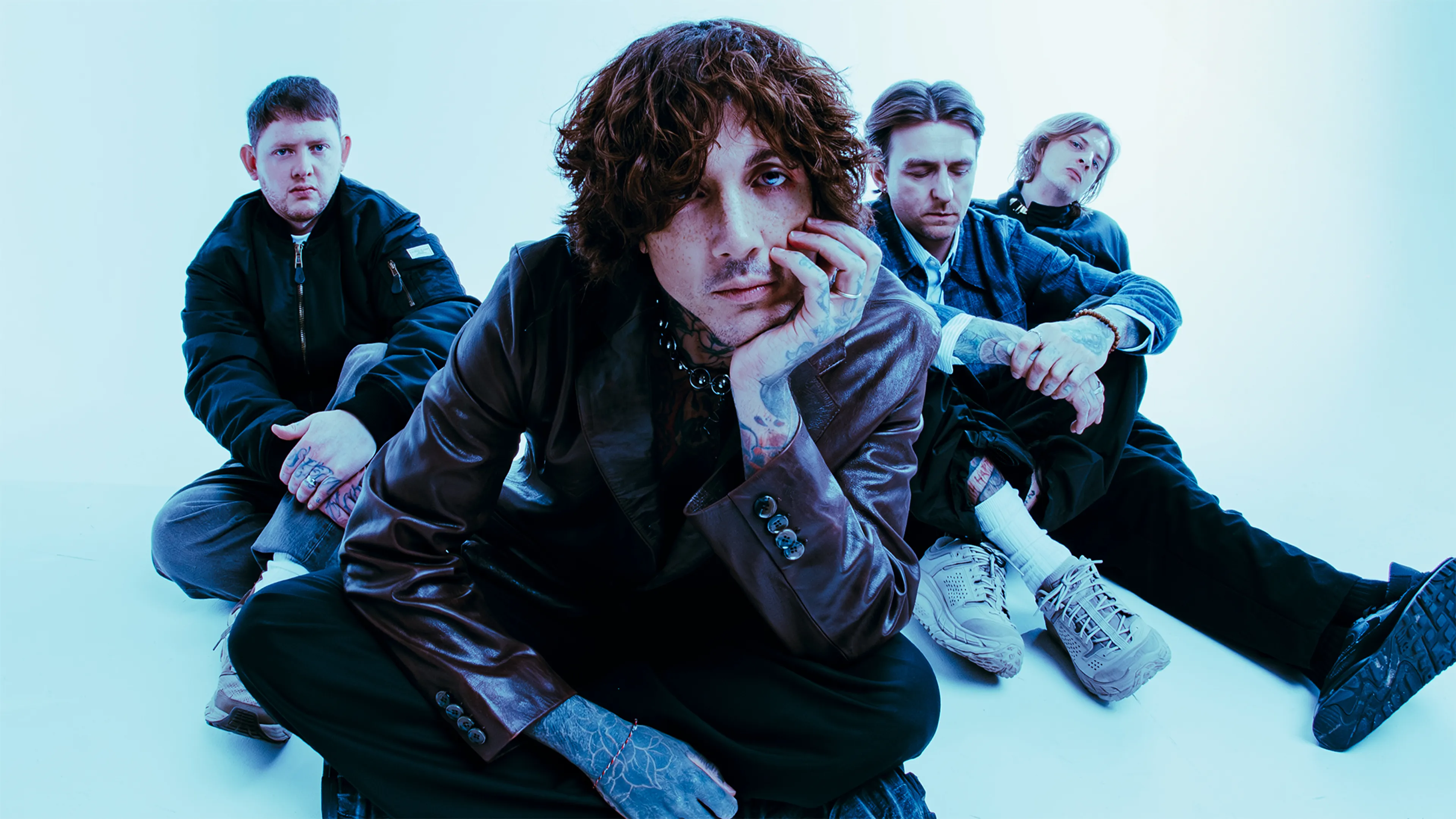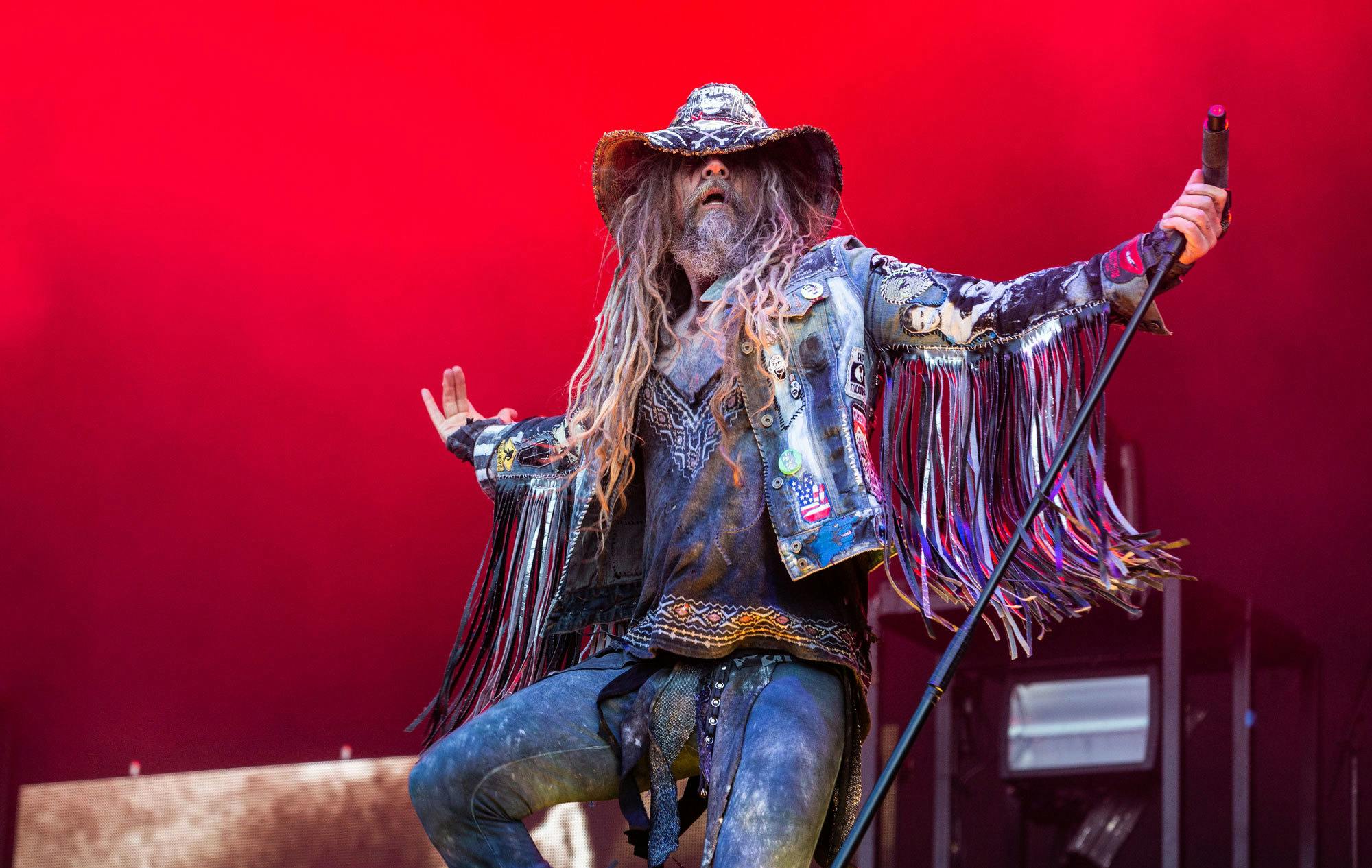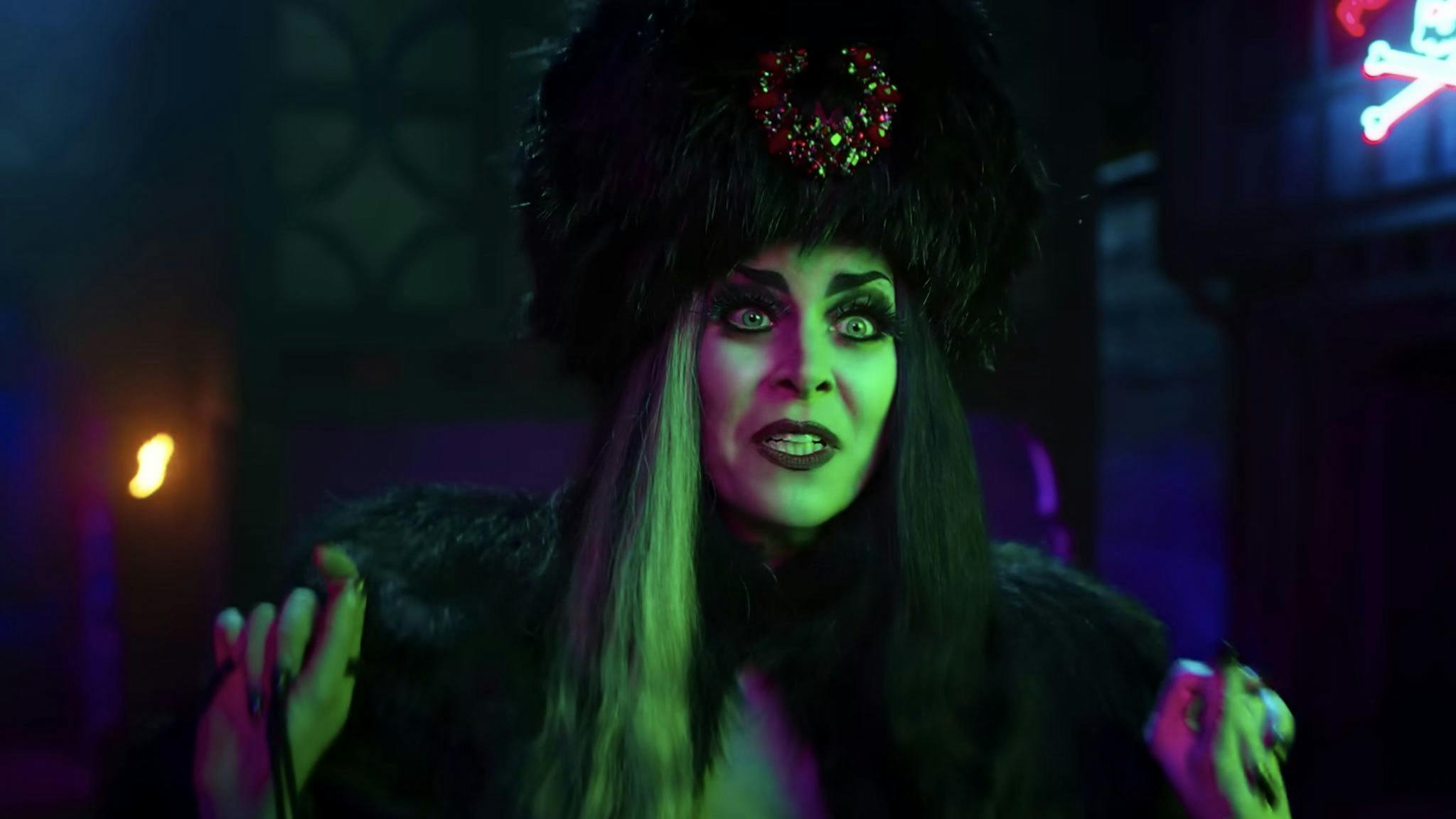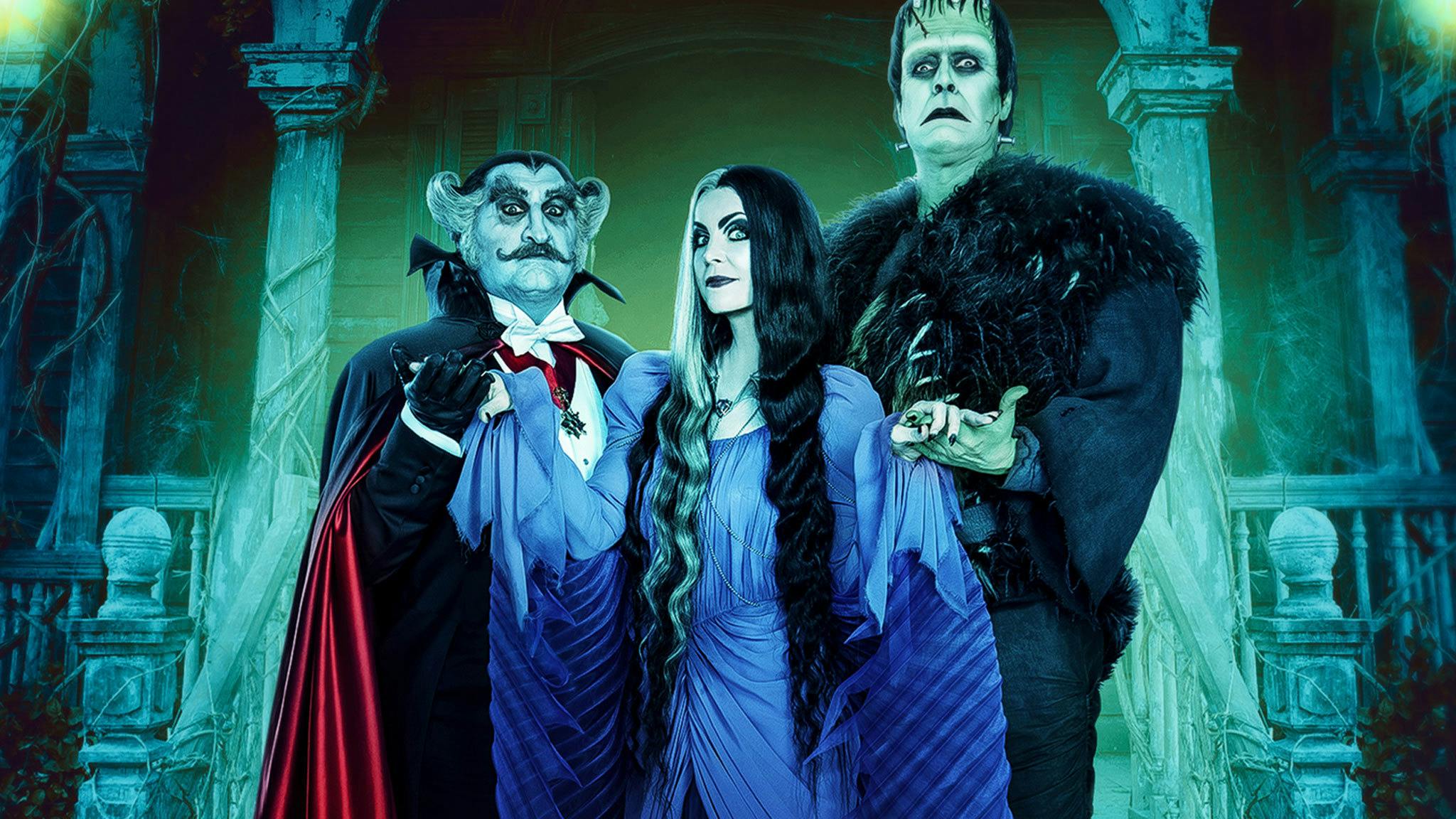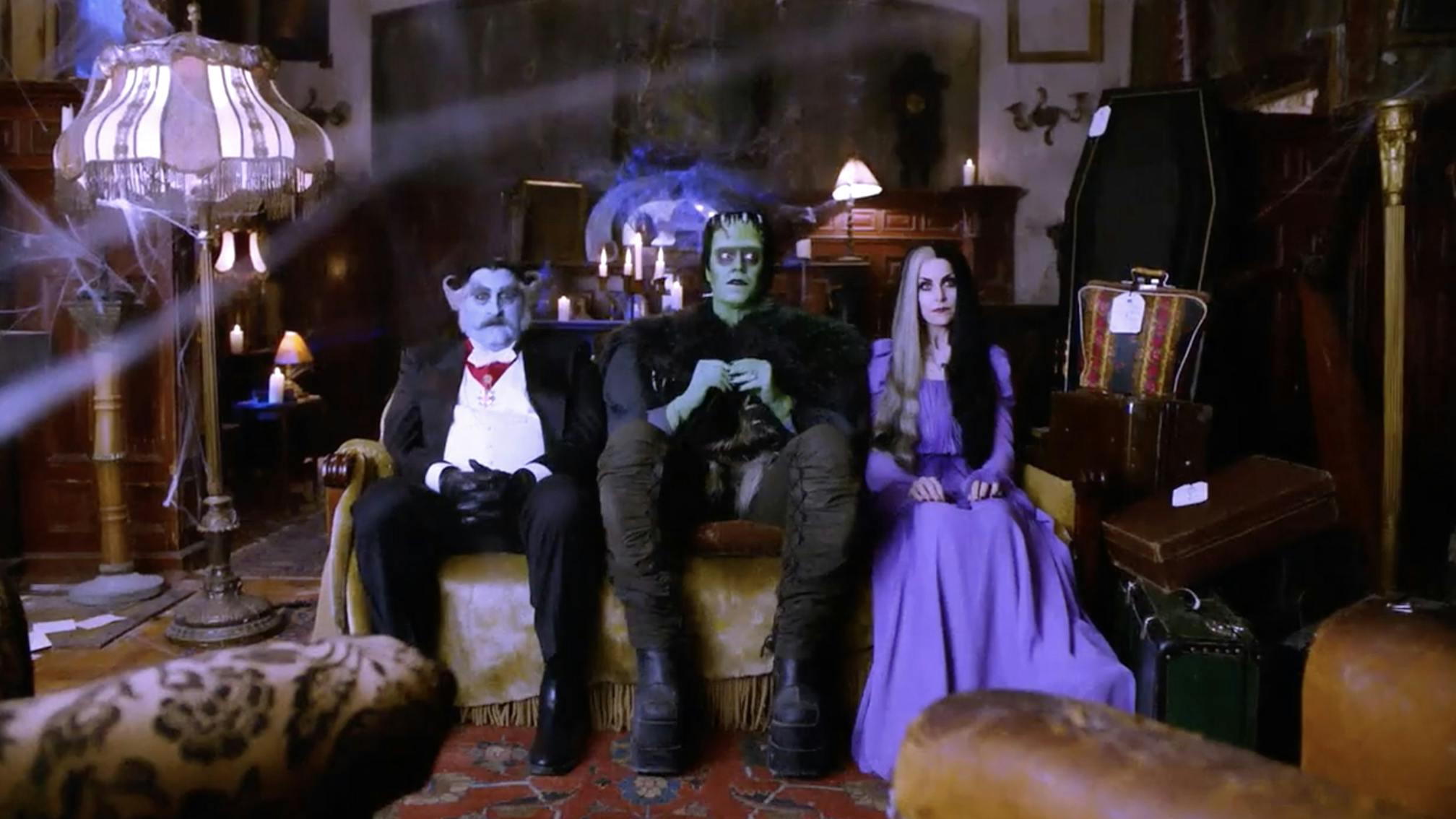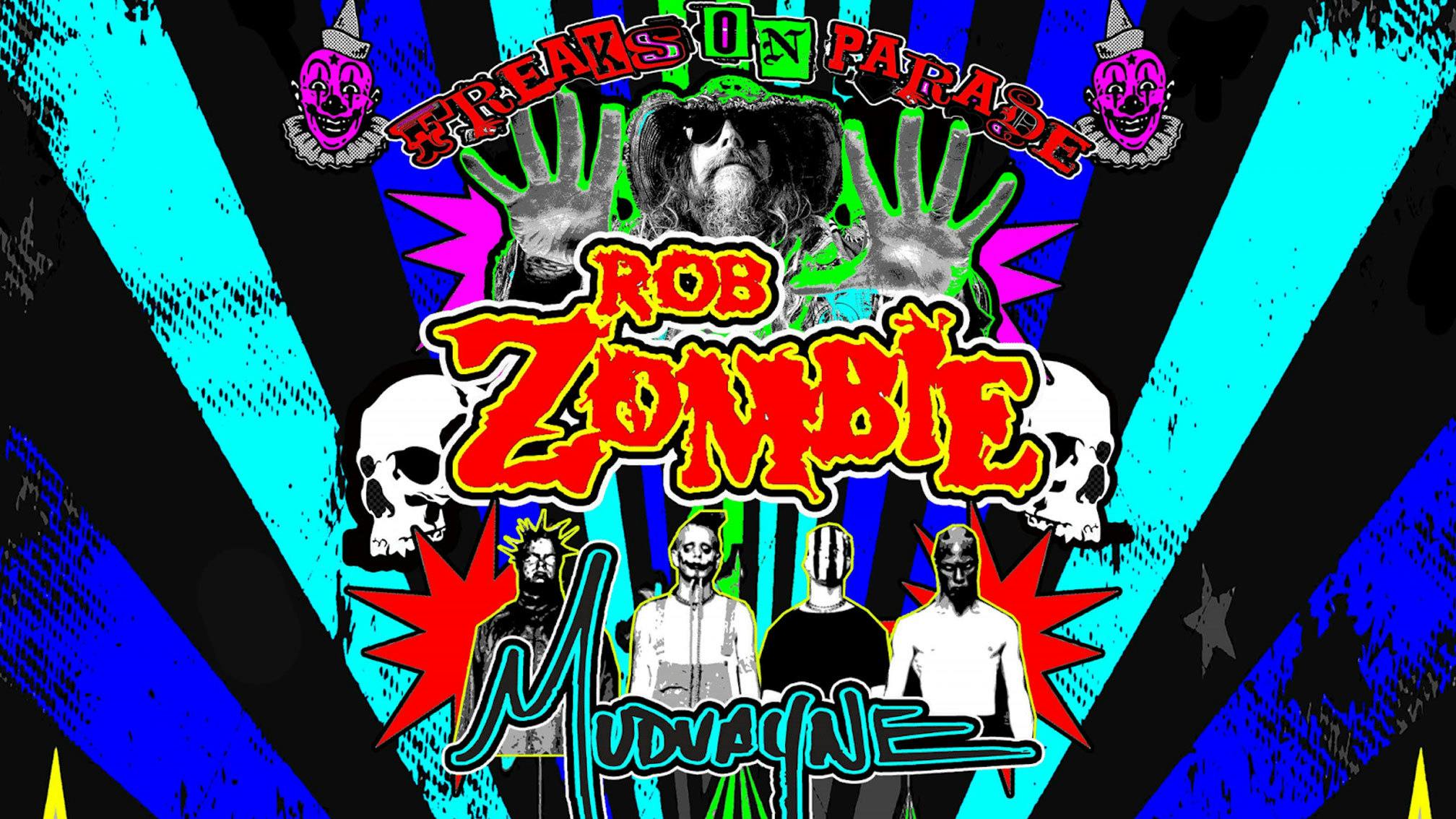The last few years have seen interesting, innovative takes on the genre, from the claustrophobic class warfare of Train To Busan to the ultra-cheap Japanese One Cut Of The Dead – which made over 1,000 times its budget at the box office due to costing peanuts – to Zack Snyder’s 2021 mega-budget, green-screen-tastic, more-is-more gorefest Army Of The Dead.
There seems to be something about zombies we simply can’t get enough of – whether there is something inherent about their blankness that forces us to confront our own humanity and what it means to be alive, or whether it’s just cool seeing guts get ripped out of people’s necks.
And, if you’re a fan of zombies, what could be more appealing than battling huge amounts of the bastards? Back 4 Blood, a gorgeously cinematic first-person gorefest made by the creators of the Left 4 Dead games, pits you against everything from four-armed undead aliens to giant subterranean beasts to good old-fashioned kill-crazed zombies. The last few years have felt apocalyptic in a slow, tedious way, and there’s something refreshingly immediate about a zombie apocalypse in which it’s you and an axe against (what remains of) the world. Perhaps the most appealing element of a zombie apocalypse is that it draws people together, forcing them to put their differences aside to unite against a common enemy and set it on fire. Other than the extraordinary violence involved, that sounds like a dream come true.
